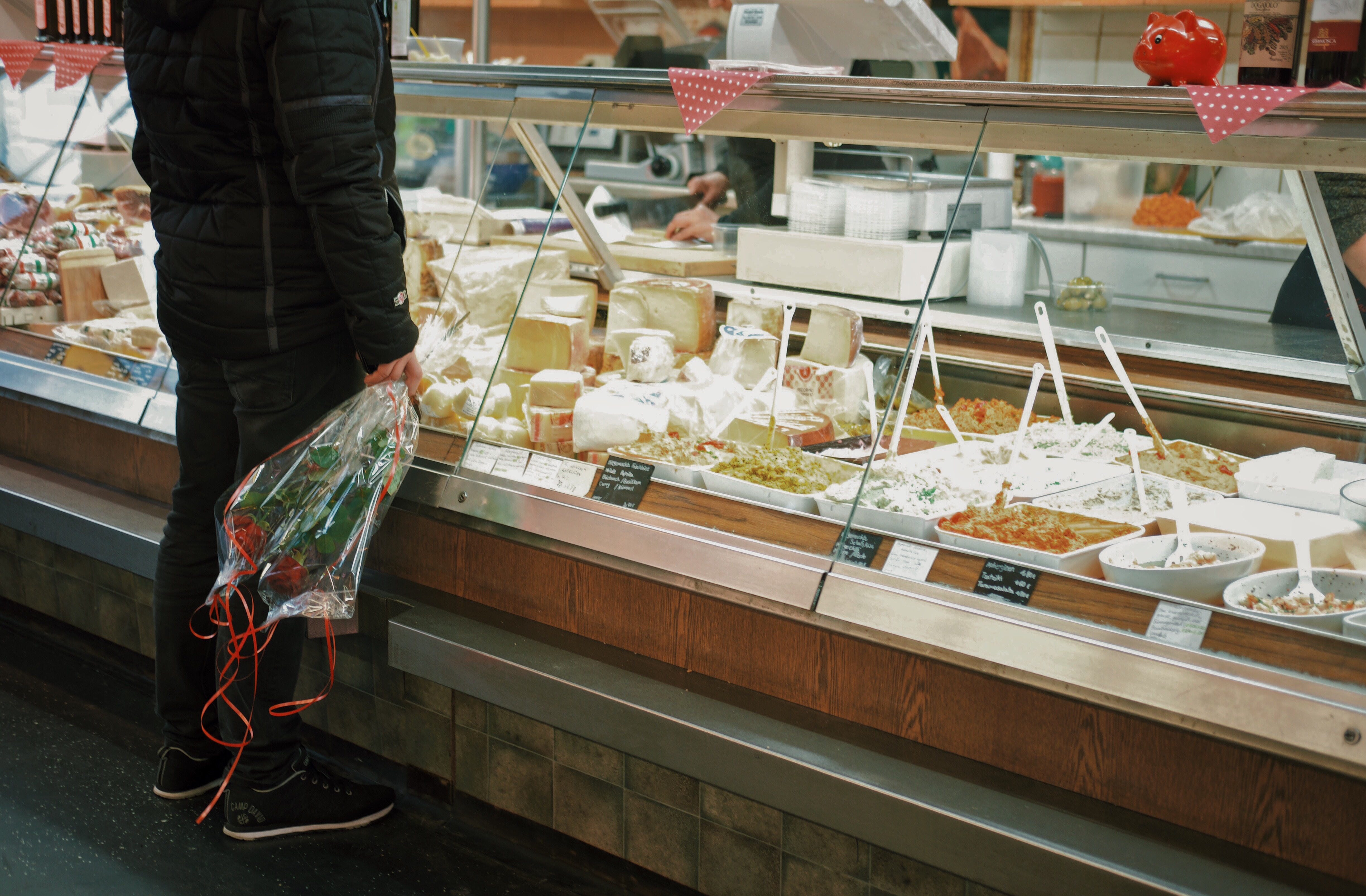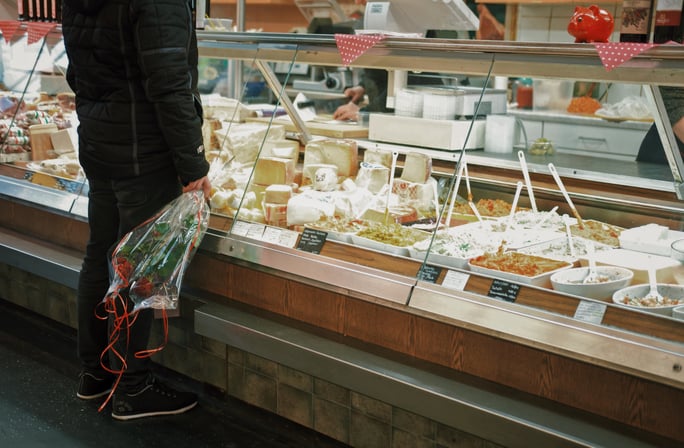

The meals-away-from-home market is growing 2% per year faster than the foodservice distribution industry that supplies it. Who is driving a wedge within the traditional foodservice supply chain?
CULPRIT #1: GROCERAUNTS
Grocery chains and mass merchants have blurred the lines between retail and foodservice for decades. Almost any Generation X child can remember the hot dog and cinnamon bun at the end of the yellow-lined aisle through IKEA's maze of furnishing departments. It was payoff for good behavior.
These days, millennials have been driving grocery retailer investments in their ready-to-eat meal offerings. A Technomic report on the groceraunt phenomenon found:
- Millennials see grocery prepared foods as healthier options than what’s on offer at quick-service restaurants
- Between 2005 and 2015, the number of restaurants within grocery stores increased by 10% per year
The competition from retailers for consumers’ foodservice dollars is well-known to many foodservice distributors. In fact, many regional foodservice distributors have added retail customers keen to access foodservice-sized ingredients to supply their in-store foodservice locations. This mitigates the threat somewhat.
CULPRIT #2: EMERGING ALTERNATIVES TO BROADLINE FOODSERVICE DISTRIBUTION
Less known and/or appreciated by foodservice distributors are the alternatives now making small dents in their control of supply. To illustrate this point, below are two examples (plus one tangential example).
The World’s Greatest Fish Market
In 2017, the iconic Fulton Fish Market launched an online platform giving consumers and foodservice locations direct access to the nightly bounty of the market. Restaurants from across the US can now market their fish as being “straight from Fulton Fish Market.” FultonFish.com provides chefs with a high degree of customization in fish preparation so that fish arrive “pan ready” to the particular specifications of the chef.
FultonFish.com prepares the fish and seafood to order and then air freights orders for next day delivery. On the retail side, it was partnered with Wal-Mart’s Jet.Com to supply Jet’s customers with the freshest assortment of fish available. If they haven’t already, foodservice distributors will likely follow before restaurants become overly comfortable with buying from the world’s greatest fish market directly.
Hyper-Local Foodservice Distribution
In 1971, Alice Waters opened Chez Panisse and pioneered California cuisine featuring, above all, local ingredients sourced from a network of local suppliers. Now that millennials have popularized this trend, restaurants everywhere want to establish their own networks of local farmers and producers.
However, this is time-consuming and complicated – it’s why foodservice distribution exists, after all. Enter companies like 100km Foods in Toronto: a foodservice distributor whose supplier base is exclusively local, catering to the specific need for locally-sourced product for the restaurant community.
As a mission-driven business, 100km Foods likely won’t be adding Scottish salmon or Kalamata olives to its product catalogue soon, but once having built an immensely valued, niche supply chain, it will be tempting for its customers to ask them (or some equivalent) to carry more and more products to reduce the number of vendors that they manage.
Salads in a Vending Machine
While not an alternative form of supply, Farmer’s Fridge represents another challenge for the traditional foodservice distributor: non-traditional options for consumers to have a meal away from home.
Across Chicagoland, in hospitals, fitness centers and office towers, Farmer’s Fridge offers fresh snacks, sandwiches and salads to busy people who need healthy food fast. They sell their free meal solutions ¬through their own proprietary vending machines. The vending machines provide utensils, napkins as well as a microwave for heat-and-eat options. Once finished, consumers can recycle containers directly into the vending machines.
Many young workers don’t need to walk as far as the closest food court for a quick lunch from Farmer’s Fridge. Travelers can enjoy this option too as the company has vending machines located across terminals at O’Hare airport.
The machines communicate sales in real-time, allowing the central kitchen to prep food and stock the fridges quickly, maintaining the freshest options for consumers. Equally, the machines connect to the company’s app where customers benefit from its loyalty program.
Who supplies Farmer’s Fridge? There is no reason it cannot be a foodservice distributor if they keep abreast of emerging food technology solutions and work diligently to be good partners to innovative companies.
Interested in learning more? Learn more by downloading LIDD’s eBook, The Future of Foodservice Distribution.
